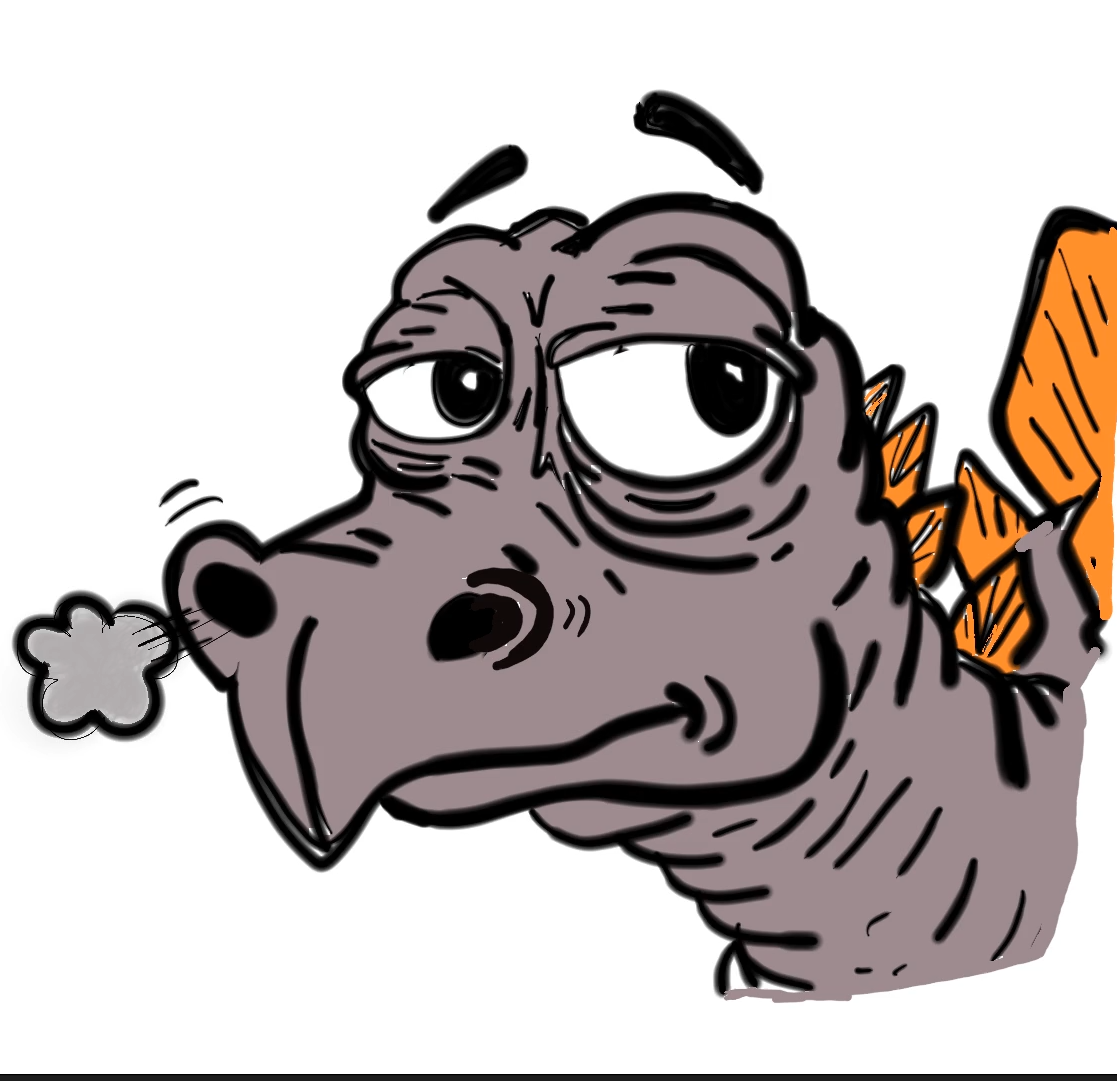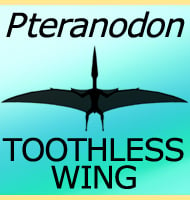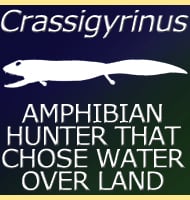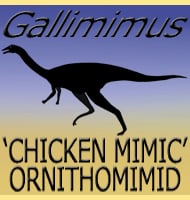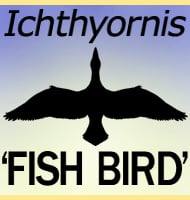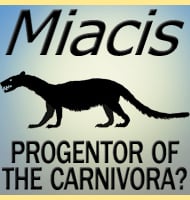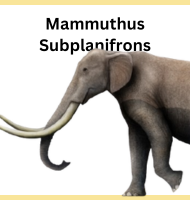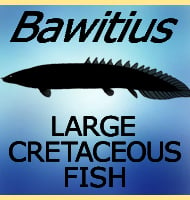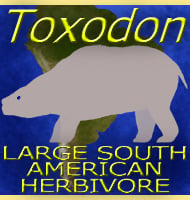In Depth
Cascocauda is genus of anurognathid pterosaur that lived in South East Asia during the middle Jurassic. Cascocauda was similar to other anurognathid pterosaurs in that it had a squat body and broad head with large eyes. Analysis of the holotype, shows that Cascocauda also had a fairly thick covering of pycnofibres, but some of these on Cascocauda are different to some with have seen on other pterosaurs. While many of the pycnofibres are fairly simple with gentle curves, other pycnofibres seem to have developed branching. This makes some of the pycnofibres on Cascocauda more similar to some of the primitive feather structures seen on some theropod dinosaurs, something that may be a matter of convergent evolution.
The describing authors of Cascocauda also analysed what seem to have been melanosomes. This study suggested that in life Cascocauda may have had a reddish-ginger colouration. Furthermore, the holotype individual of Cascocauda was still a juvenile when it died. It is not yet fully known how big Cascocauda grew, or how the body developed and altered as it reached adulthood, if at all. Further reading
- Allometric analysis sheds light on the systematics and ontogeny of anurognathid pterosaurs. - Journal of Vertebrate Paleontology - Zixiao Yang, Michael J. Benton, David W. E. Hone, Xing Xu, Maria E. Mcnamara & Baoyu Jiang - 2022.
